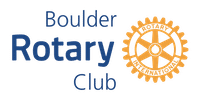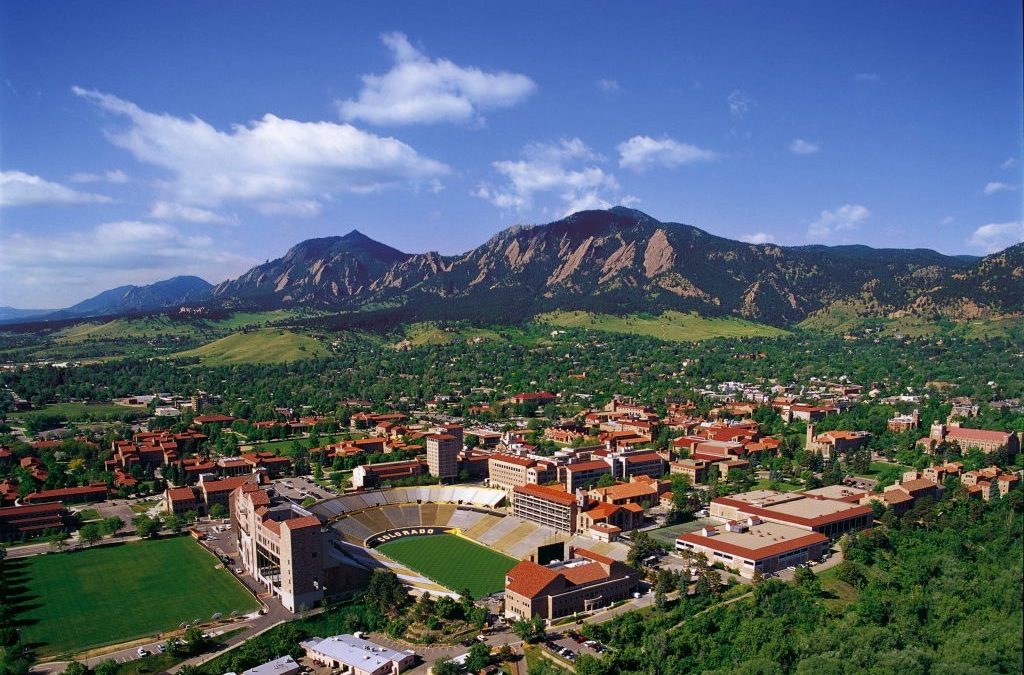As the 1990s rolled in, Boulder was coming out of a stock market slump in the late 1980s. But then-city manager Jim Piper told Rotarians the outlook for the city still seemed promising. He said, “expansion is occurring all over town, and the significant amount of construction applications indicate that will continue.”
Between the 1960s and 1980s, many entrepreneurs, attracted by Boulder’s refreshing and outdoorsy lifestyle, moved in and started businesses in the natural foods sector and the computer storage industry. This brought in talent and laid the infrastructure necessary for Boulder to become an early hub for internet-oriented businesses in the 1990s.
In the mid-1990s, Chamber of Commerce President Denis Nock warned Rotarians that the city was in danger of becoming the victim of its own success, with little space left for development. He said Boulder by 2010 could be older, wealthier, less diverse, less progressive, and too expensive for most to live in. To quote him, “Probably a very comfortable city in which to live – for the well to do.”
Recent economic development involves a new generation of entrepreneurs and innovators, nurtured here through accelerators like TechStars and Galvanize. Some local startups were been bought out by companies such as Google, Uber, and Twitter, and major tech companies like those have a much larger presence here. Boulder is described as “a compact and very livable city with a high concentration of highly successful and driven people.”
Since 1990:
- The population in the 1990 census was 83,312, now it’s 107,125.
- The cost of living has gone from 106.3% of the national index to 186.9%.
- The median income has gone from $29,407 to $64,183.
- The average selling price of a home has gone from $201,750 to over $1 million.


Recent Comments